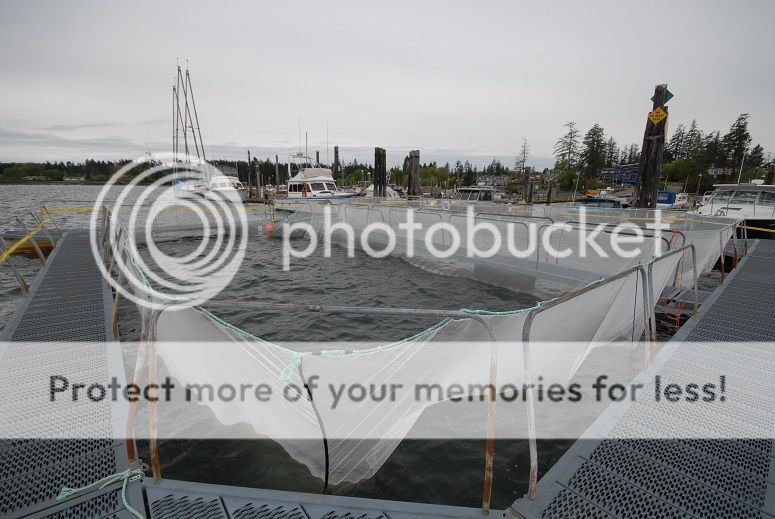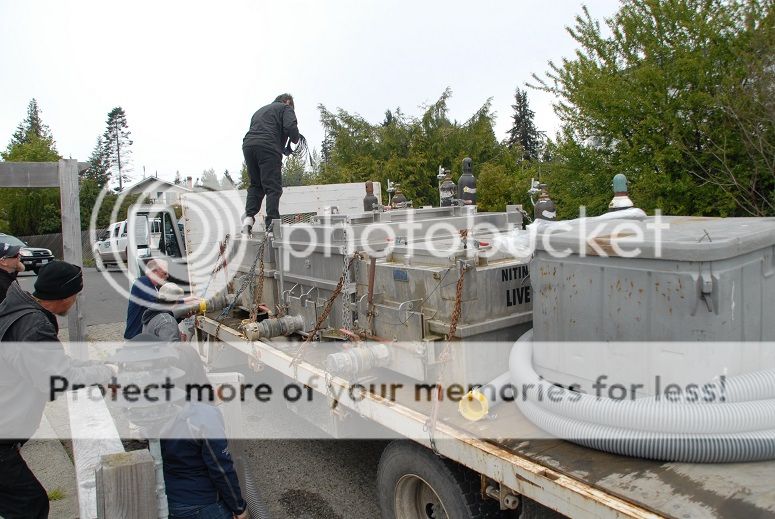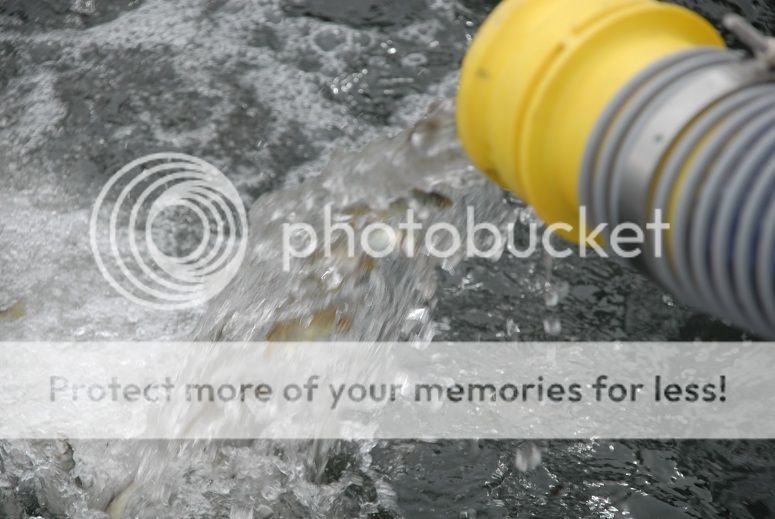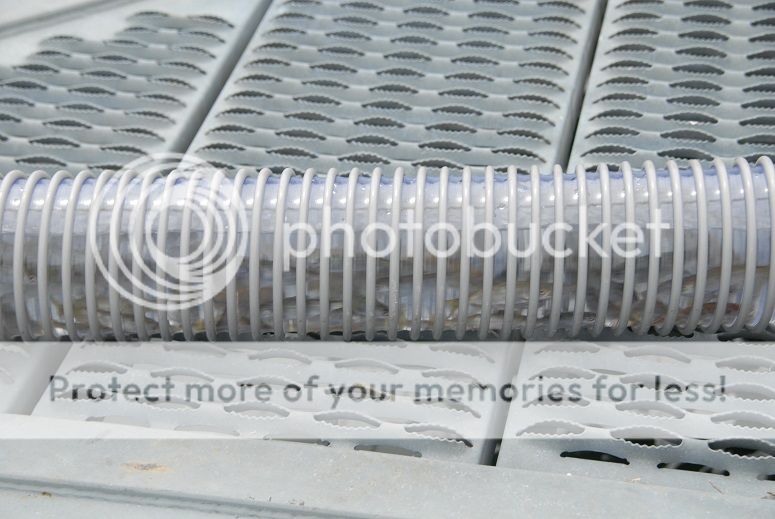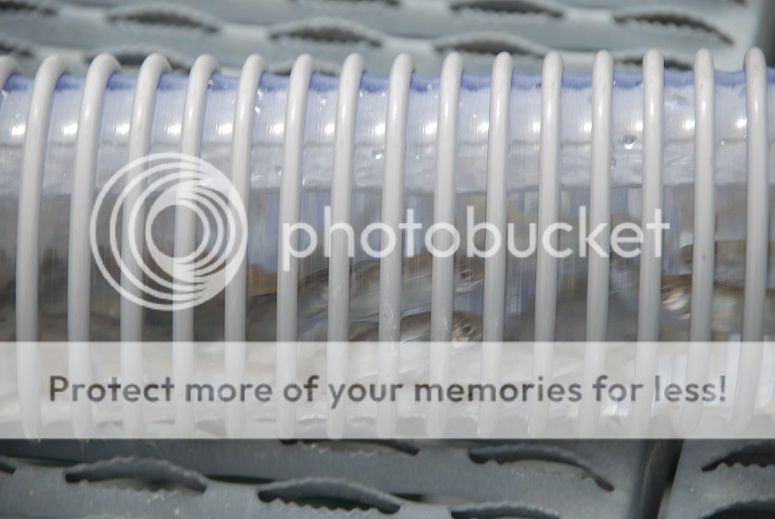These fish are being released in a few weeks and their primary function is to become a reliable source of food for our threatened local resident killer whale population on the south Island. (J,K &L pods) Obviously the whales wont catch every fish we release and some will be available in our coastal fisheries and many will elude everyone and make it back to the Sooke River. Scott: unlike the Esquimalt project where there wasn't a fresh water supply for those fish to hone in on and spawn...these fish are spending 3-4 weeks in the Sooke Harbour sea pen for 2 primary reasons...to imprint to the Sooke River and to have some safe time to fatten up and increase in size which maximizes survival rates. They will return in 3-5 years and spawn in the Sooke River. As to the question of why 100,000 marked and 100,000 not marked. 50% marked for a Canadian hatchery is actually a high percentage as 20% in more typical. We agreed to bearing the cost of marking 50% because the department really wanted good data from this project...in fact it might have been why it was ultimately was given the green light. The SVIAC board also believes that good data is important in all our fisheries and that going forward the more we know and can back up with sound data we will all be better off. Many of you know that clipping and wire code tagging is not cheap...in fact other than the cost of the pen itself it is the largest cost of this effort. Going forward if this project grows as planned these costs will increase as we will be clipping and wire code tagging 50% of a larger number of fish. We will have donation boxes out in local marine outlets soon as we will need to start our fund raising campaign sooner than later to raise these larger sums of funds.
